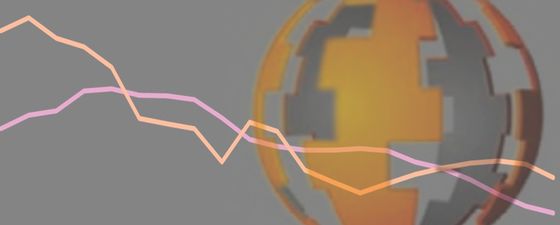The Mature Gulf of Mexico Continues to Thrive
The Gulf of Mexico is currently one of the largest offshore producing areas globally. Despite it being a mature province, there are still high activity levels and plenty of interest in the region.
During 2016, 125 new licenses were awarded in the Gulf of Mexico. Of these, 116 were awarded from the US side, and the remaining eight were on the Mexican side through the continuation of the first license round there. This round had mixed success, with offshore deepwater experiencing the largest level of interest among the international oil companies.
In 2016, operators drilled about 100 exploration wells in the Gulf of Mexico, most of which were located in the US deepwater areas, with only 15 wells on the Mexican side. The 2016 activity was lower when compared to previous years, which saw an average of ~120 spudded exploration wells per year. In addition, the discovery results were disappointing, yielding only 450 MMboe of new volumes, compared to an average yearly discovered volume of 1,200 MMboe from 2010 to 2015. The largest 2016 US discoveries were the Shell-operated Fort Summer and Chevron’s Gibson, and the largest discovery in Mexico was Nobilis, operated by Pemex.
Total Gulf of Mexico production split between US and Mexico, Mboepd. (Source:)
Total Gulf of Mexico production was around 4.5 MMboepd in 2016, with 80% liquid content. Since 2012, US production has remained relatively flat, compared to an average production decline of 2.5 MMboepd in the ten years leading up to 2012. New developments are the main reason behind the flat production. However, new projects such as Lucius, Jack/St Malo and Delta House have caused US deepwater production to grow almost 0.5 MMboepd over the last two years. On the Mexican side, the increased decline in production over the last two years was mainly driven by the Cantarell project. Due to the different trend for the two countries over the last few years, 2016 was the year when the US once again became the largest producer in the Gulf of Mexico. Rystad Energy expects the country to hold this position going forward.
In terms of investment, the province has seen lower activity over the last two years, in line with the rest of the global E&P industry. In 2014 just under US$ 50 billion were invested in the Gulf of Mexico. This number dropped to just above US$ 30 billion in 2016, and in 2017, Rystad Energy expects it to fall further to about US$ 25 billion. One of the key reasons for lower activity going forward is the paucity of sanctioning activity during 2016.





